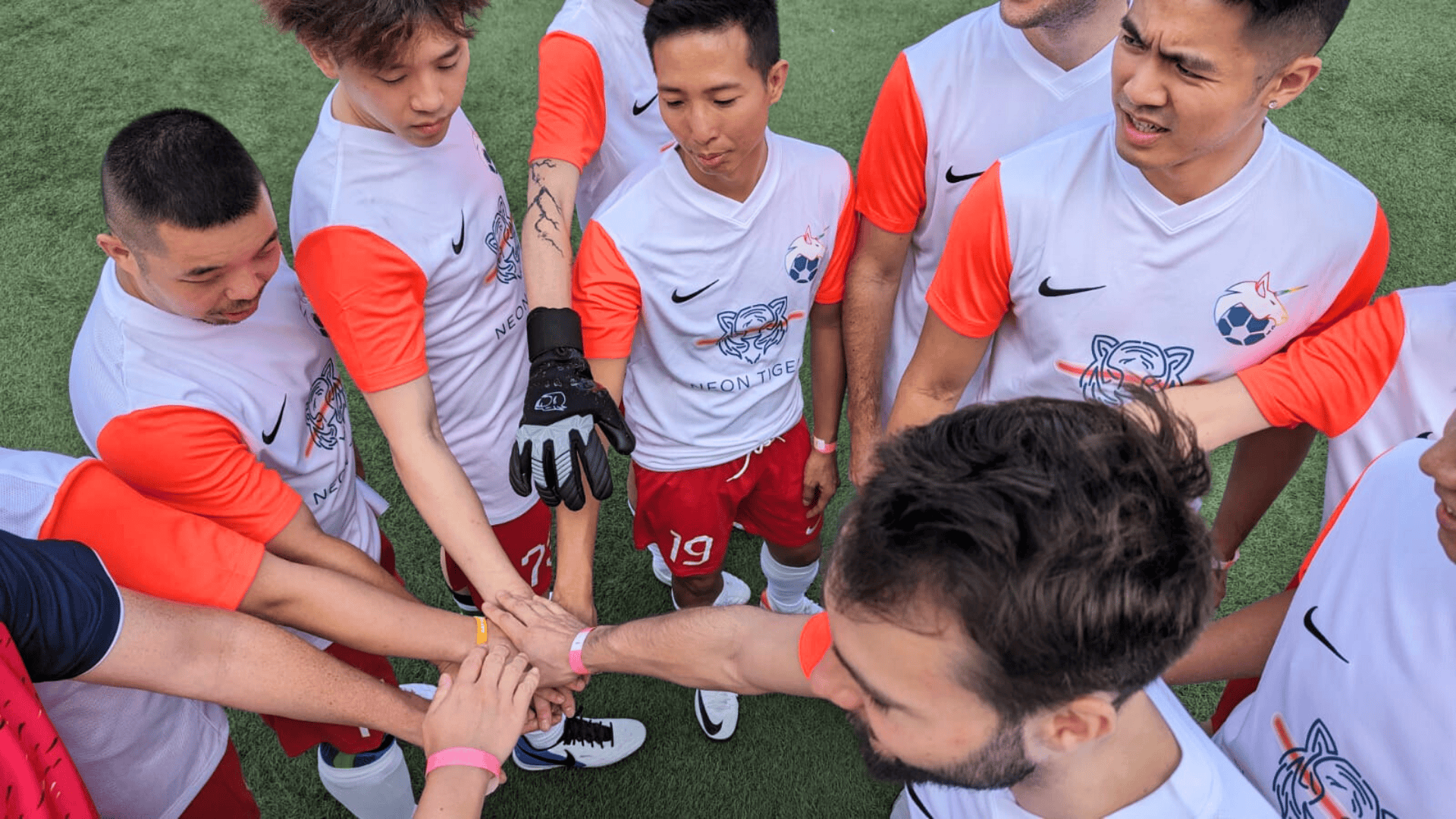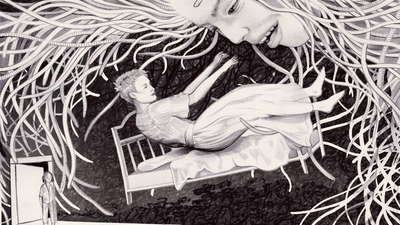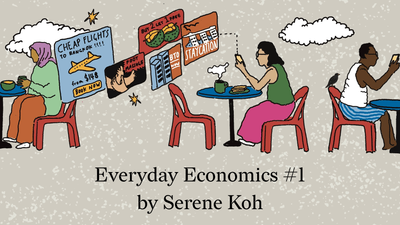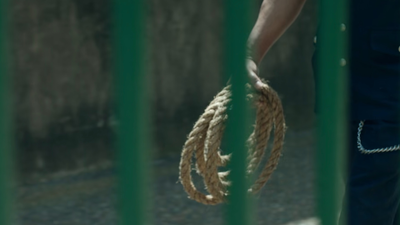For subscribers only
Subscribe now to read this post and also gain access to Jom’s full library of content.
Subscribe now Already have a paid account? Sign in
A revival. A triumph. And a blossoming of hope that sport can help shatter age-old prejudices, helping build a more inclusive and compassionate society.
Subscribe now to read this post and also gain access to Jom’s full library of content.
Subscribe now Already have a paid account? Sign in
We honour the public figures who left for the great beyond this year after indelibly shaping Singapore’s social, cultural, political, and artistic worlds.

What happens when we turn to machines that approximate humanity, for our very human troubles?

What does the 38 Oxley Road saga reveal about us as a people?

Our natural tendency to allocate money (or any resource) into little mental “jars” has profound implications for how we spend and save.

Deterrence and public opinion are used as justification for retaining the death penalty. We interrogate both notions, as we argue for abolition.
Please click on the link sent to your e-mail to login to your account.